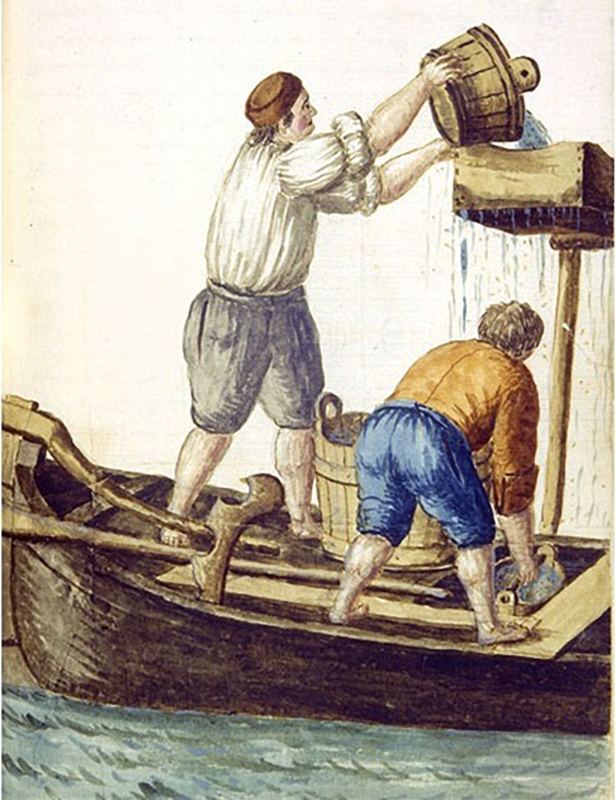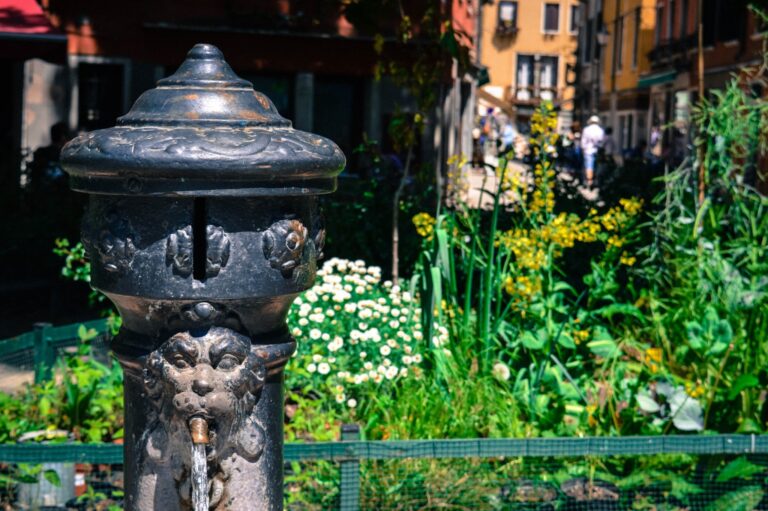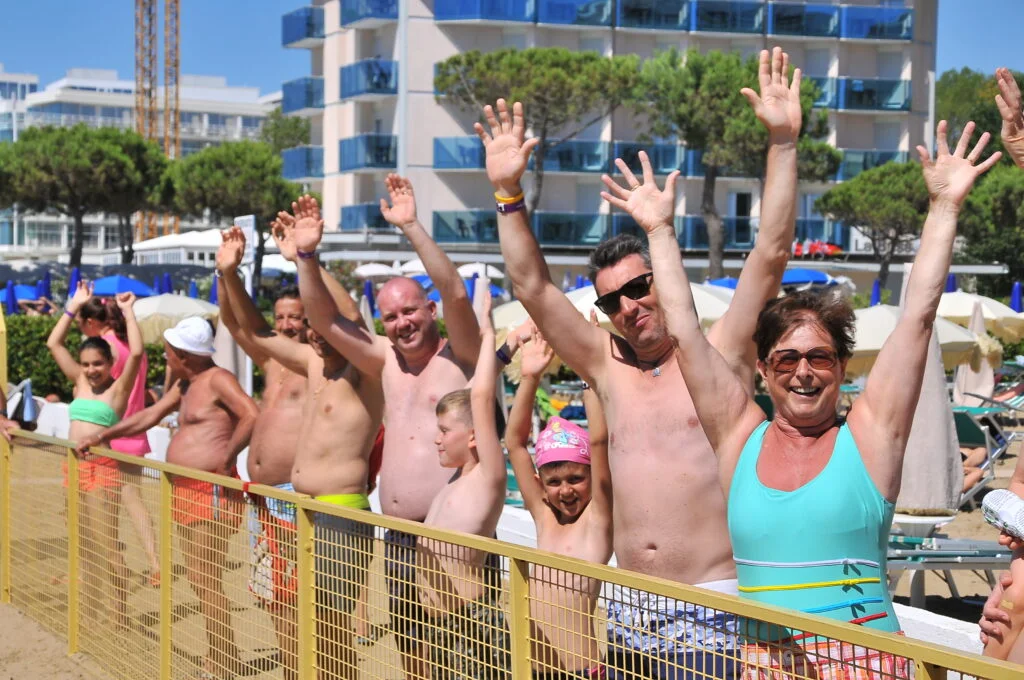The Water: Venice's
most precious jewel.
Venice is a city built on water, and this is what, more than anything else, represents and defines its personality.
It might seem strange; however, it’s a city that doesn’t have access to… fresh water.
It’s almost miraculous, then, its ability not just to have survived, like a Tuareg in the desert, but even to have claimed an enviable role as an absolute protagonist in Europe during the early centuries of the second millennium and the Renaissance.
When water was a luxury for the wealthy.
For your stay in Jesolo (Venice), whether it’s for vacation, work, or smart working, find, choose, and book Hotel Germania!
www.hotelgermania.net
Phone: +39 0421 381223
Email: info@hotelgermania.net
Having drinkable water in Venice hasn’t always been as straightforward as it is today: Venetians have always had to rely on their renowned energy and determination to find fresh water.
With a myriad of problems, diseases, deaths, and cholera epidemics.
How did they manage? Initially, by simply collecting rainwater, then by inventing the famous and beautiful ‘vere da pozzo’ (wellheads), still visible in many squares of Venice, and finally by constructing an aqueduct.
The ‘vere da pozzo’ marked a significant leap in quality, ingenuity, and even social civilization.
Water was procured by collecting and filtering rainwater, directed from the gutters of roofs and fields towards the wells.
Ingeniousness and necessity. That’s how Venice was before.
Specifically, the Venetian well is the central point of a cistern that fills with water through the two or four openings surrounding the well.
The cistern is filled with sand, and the well shaft draws water from the lowest point, causing the water drawn to be filtered through the sand.
Given the necessity for the wells to be consistently maintained, especially from a health perspective, and to prevent theft of the precious fresh water, the Republic ensured continuous surveillance and checks. The neighborhood heads were entrusted with the custody of the cistern keys, which were opened twice a day (morning and evening) upon the sound of the well bells.
From the 1400s onwards, as the population (and wealth) increased, the decision was made to not rely solely on rainwater but to draw from the Brenta River, and later from the Seriola Canal, for the indispensable water supply.
Burchi, acquaroli
e pozzeri
(The water carriers)

But during that era, Venice did not have aqueducts like the Romans or pipelines.
So, freshwater taken from the rivers was transported to Venice on large boats, the so-called ‘burchi.’
The guild of water carriers, also known as ‘burceri da acqua,’ was responsible for transporting drinkable water to Venice using these ‘burchi,’ large flat-bottomed boats.
The wells, supplied by rain and water from the Seriola, remained for centuries the sole water supply system, despite numerous alternative projects.
This method of obtaining drinking water continued until the 1800s.
However, the situation had become unbearable: a significantly increased population, extremely poor hygiene, frequent cholera epidemics… in short, generally deteriorating hygiene conditions.
Here comes the first aqueduct of Venice!
So, spurred initially by the French, it was decided to finally equip Venice with a real aqueduct.
In 1874, after 300 years of discussions and dozens of projects, the Municipality of Venice decided to build the aqueduct, which would draw water from the Brenta and the Seriola and bring it to Venice through conduits laid on the bottom of the lagoon.
On the evening of June 23, 1884, after four years of work, the aqueduct was inaugurated: Piazza San Marco was brightly lit, and in the shadow of the bell tower, a fountain was set up from which water flowed beautifully!
Initially, the aqueduct supplied the wells, public fountains, and very few private users because the service costs were too high for most citizens, who continued to draw water from the many fountains and wells in Venice.
However, within a few years, the distribution improved, and by the end of the 19th century, even the islands of Murano, Giudecca, and Lido were connected.
However, the water quality was not the best, so the Municipality decided to find viable alternatives.
After a few weeks, extremely pure water sources were identified in the Sant’Ambrogio area, in the municipality of Trebaseleghe (Padua), at a depth of over 300 meters.
These same aquifers still supply all the taps in Venice today.
Thus, the wellheads became just another aesthetic and unique element of this wonderful and unique City … on the water.









